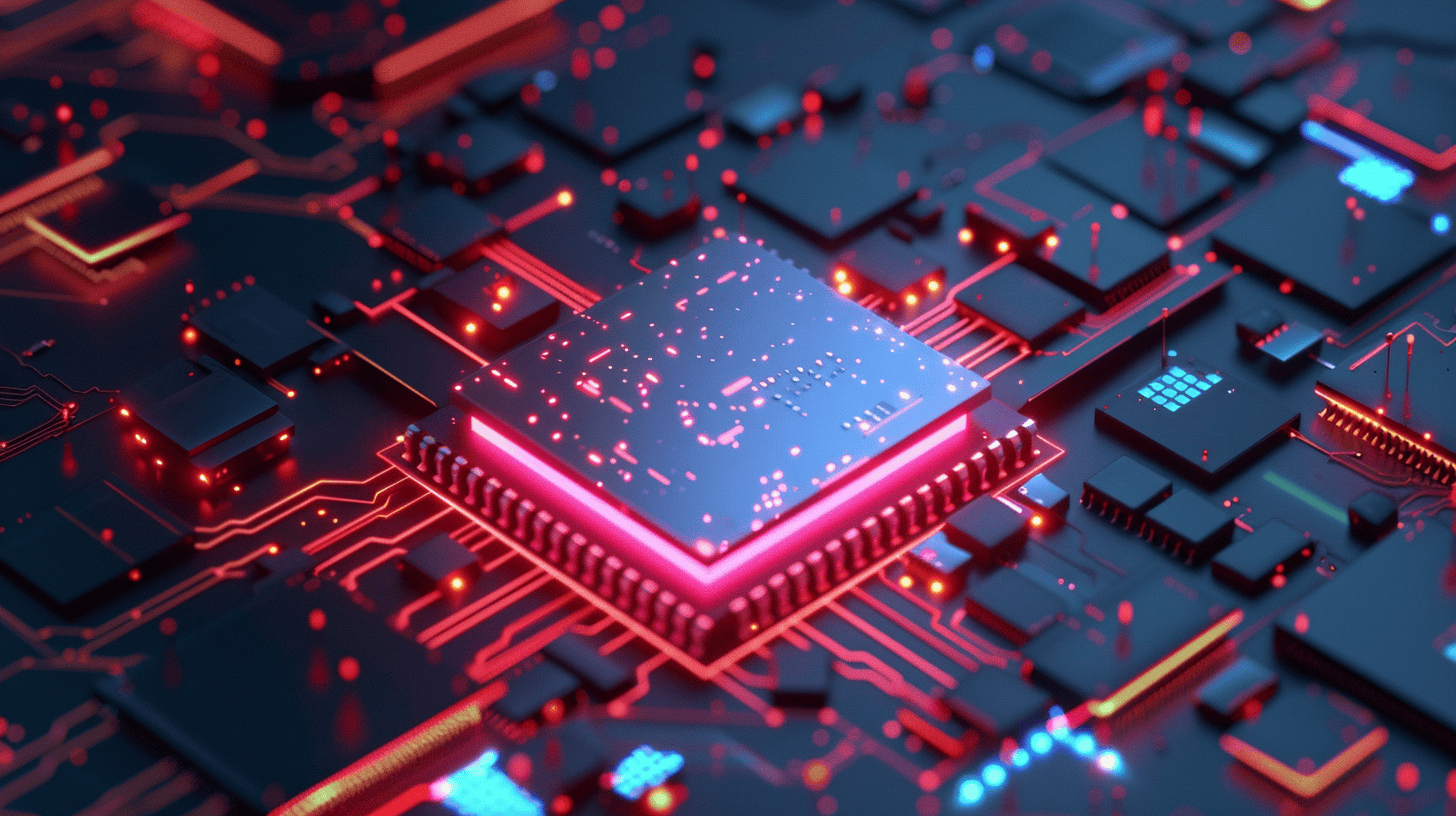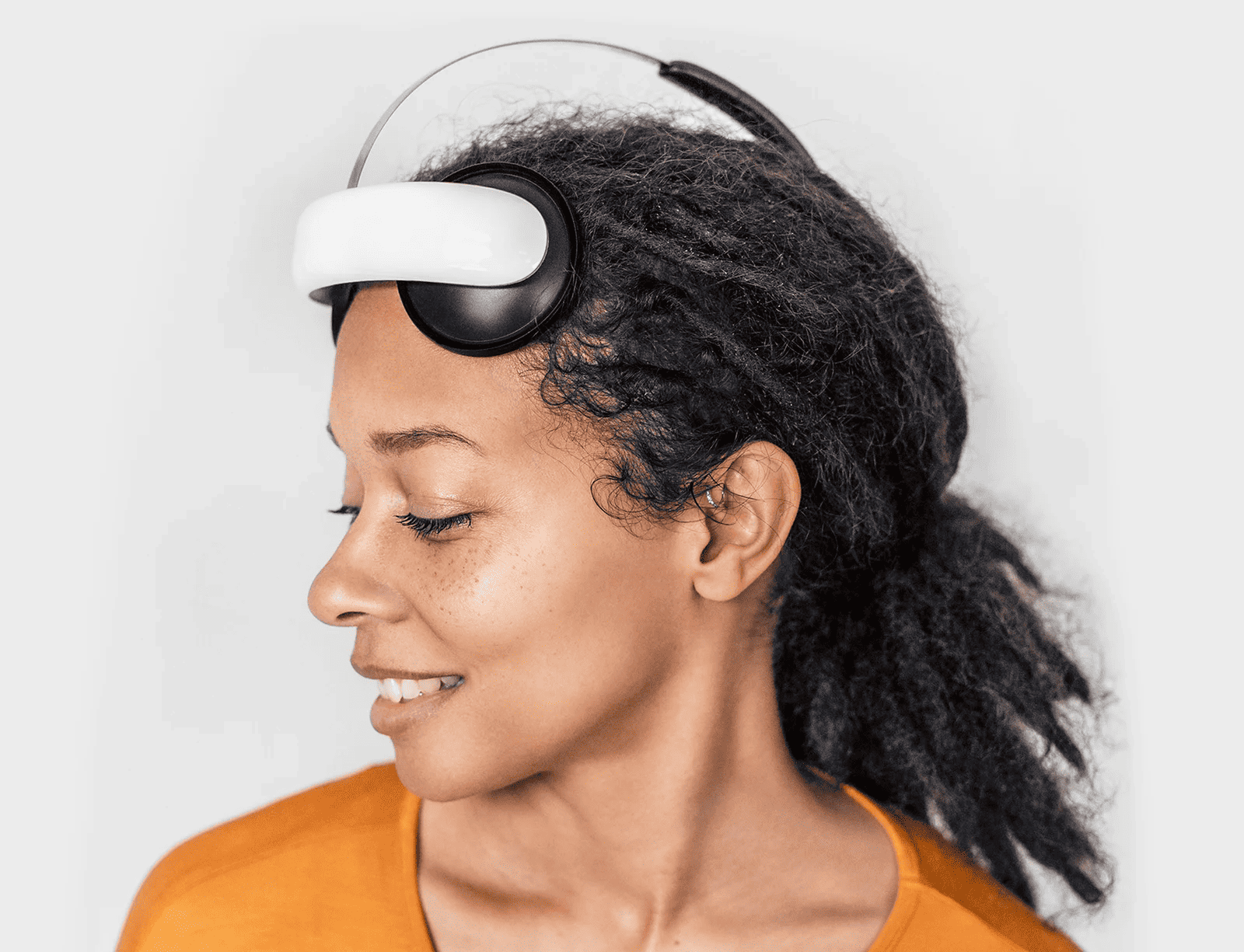
Chip technology is behind the great transitions of our time. From electric cars to windmills and computers to train AI models, chips are pieces fitting many puzzles, including healthcare, with semiconductors enabling disruptive developments.
Why this is important:
The role of the semiconductor industry is as key as ever as chips become instrumental to the development of better innovations in all technology domains.
This year, imec, the Belgian leading microelectronics research institute, is celebrating its 40th anniversary. Since its inception, the institute has been positioned at the forefront of semiconductor research, expanding outside of Flanders and opening research labs in the United States, Netherlands, and Japan, to name a few. This year, imec also held its flagship ITF World (imec Technology Forum) in Antwerp, hosting two days of keynotes and breakout sessions around the industry and its research efforts.
On the extensive demo floor, imec scientists showcased their research projects. Here are five of the projects that caught our attention the most.
1. Emissions measurements
The nitrogen crisis is ever-present in the Netherlands, as agriculture needs to find ways to reduce its greenhouse gas emissions. Wageningen-based One Planet Research Center aligns with this mission and aims to create a more sustainable food production chain.
As part of its research initiatives, the center is developing chip technology to measure methane and nitrogen emissions resulting from agricultural activity. In doing so, scientists work alongside farmers to track emissions. One Planet’s chips can spot real-time peaks in local emissions due to manure moving, for instance. As a result, scientists are helping farmers adopt better practices—such as water spraying frequencies in barns. Most importantly, by amassing data and evidence on agricultural practices, this project aims to provide decision-makers with reliable tools to use.
2. Localized electric care
Drugs don’t work for everyone and can cause distress and severe side effects to those following a medication care path. Electrical stimulation of organs, including the brain, is rising as an alternative, giving patients a localized therapy alternative. Similarly, imec researchers from Eindhoven’s Holst Centre are researching peripheral nerve stimulation (PNS).
PNS consists of changing the electrical activity of neural fibers and sending electrical signals. This results in organ-targeted treatment that relieves patients from pain. Imec researchers design tiny implantable chips to further study PNS and potentially offer an alternative or a complement to drug care in nerve-related diseases.

3. Car passengers’ vital sign sensing
More stringent regulations on passenger safety require automakers to include sensors to monitor passenger vital signs on board. At imec, different research projects are exploring different technological pathways to develop these sensors.
One way to do so is by combining near-infrared lasers and speckle plethysmography (SPG). This technique analyzes the changes in speckle patterns resulting from the interaction between blood cells and lasers. Imec develops sensors to be integrated into a car’s cockpit to detect passenger heart rate and respiration. Similarly, another research group is looking at the use of high-frequency radar– up to 140 GHz– to get vital signs out of passenger’s skin. Although highly precise, this technology is very expensive. Therefore, the scientists also use ultrawideband (UWB) radar, a technology already introduced in cars.
4. Studying organs with chips
Organ-on-a-chip technology serves two purposes: studying diseases and better understanding organ functioning. This technology mimics organ and tissue activity on silicon, eliminating the need for animal testing.
At one of the demo floor’s booths, imec scientists presented their organ-on-a-chip technology. One of the focuses is personalized medicine and drug discovery. Researchers showcased modeling of the blood-brain barrier, a selective membrane regulating chemical transfer from blood to the brain. Through this model, they are studying the interaction between blood, cells, and potential drugs.

5. Retinal imaging
According to Portuguese writer Paulo Coelho, “The eyes are the soul’s mirror.” To medical researchers, the eyes are a gateway to learning more about a patient’s health condition. In fact, many health problems, including tumors, as well as vascular and sexually transmitted diseases, can be spotted by looking at the retina.
Optical coherence tomography (OCT) is a state-of-the-art technique to scan the eye’s retina using bulky and expensive devices. Imec is developing on-chip OCT, paving the way for more compact devices that can reach even general practitioners. This way, more scans could be performed, and diseases could be spotted early.

